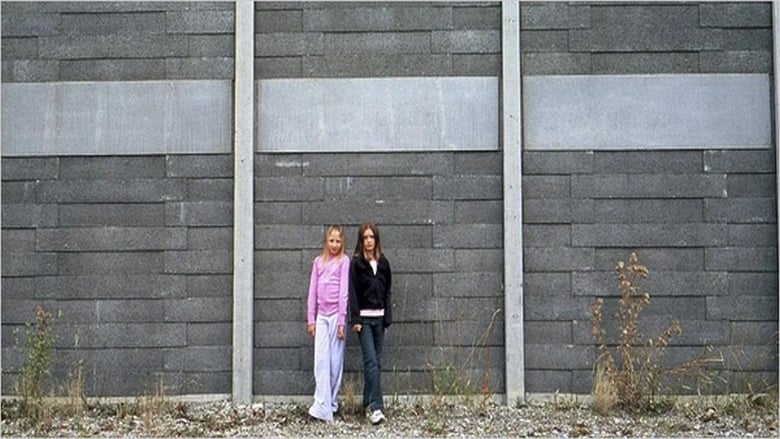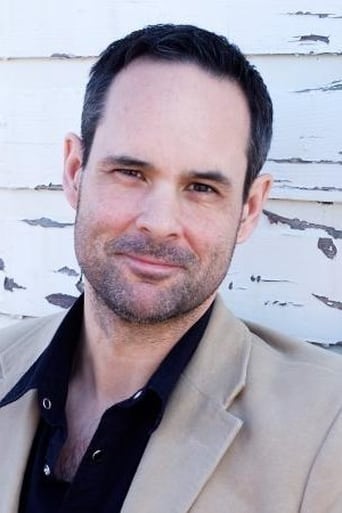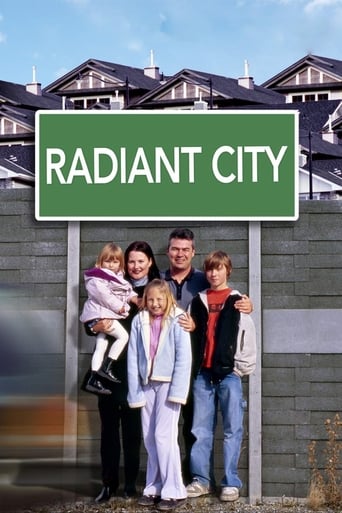
Since the end of World War II, one of kind of urban residential development has dominate how cities in North America have grown, the suburbs. In these artificial neighborhoods, there is a sense of careless sprawl in an car dominated culture that ineffectually tries to create the more organically grown older communities. Interspersed with the comments of various experts about the nature of suburbia
Similar titles
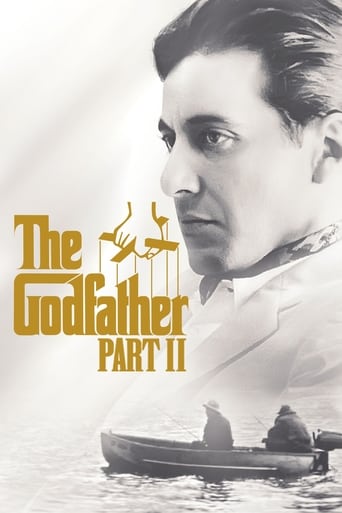
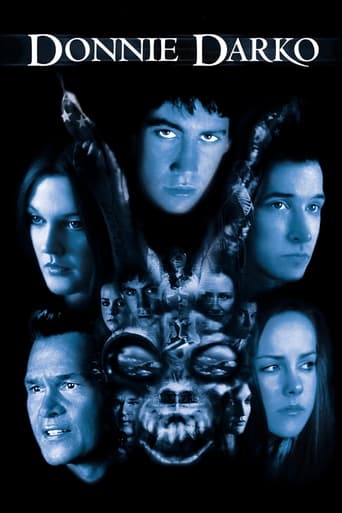

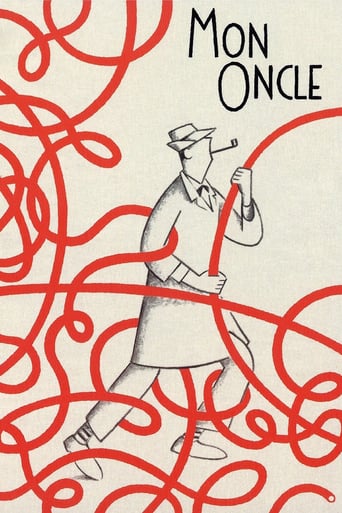
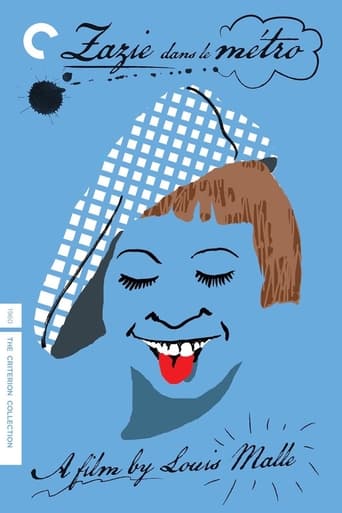
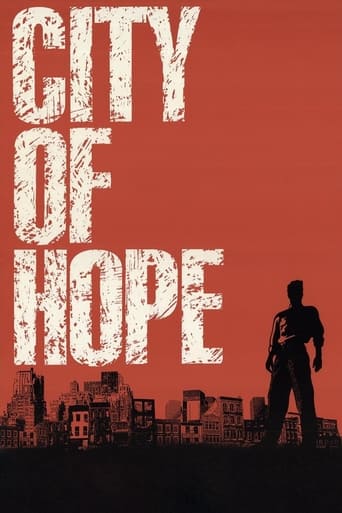

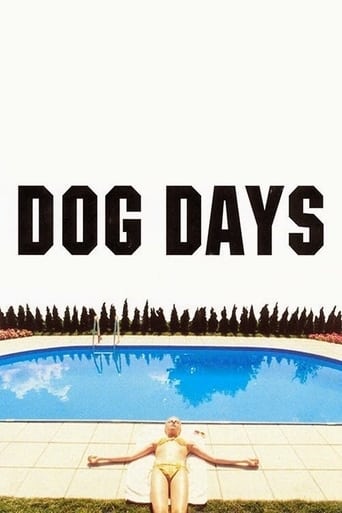
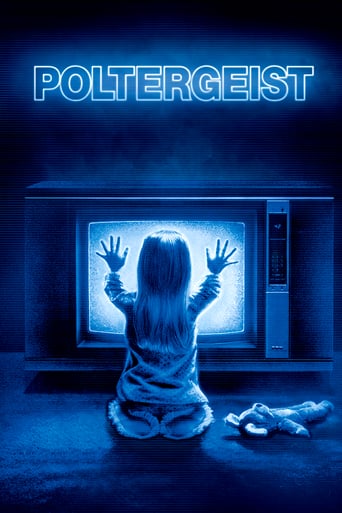
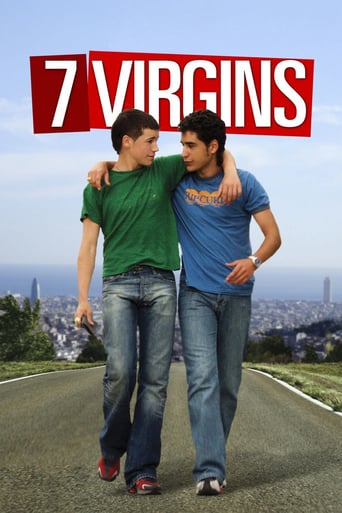
Reviews
To me, this movie is perfection.
Brilliant and touching
This is a tender, generous movie that likes its characters and presents them as real people, full of flaws and strengths.
An old-fashioned movie made with new-fashioned finesse.
Radiant City is about the need that people have to get out of the city to live the "suburb" life. And although this is something that some people desire, this documentary shows the downside of living in the suburbs, and tells the story of a family that is often not pleased with the decision that they made to move out to the suburbs. The story is mostly told by the Moss family. The Moss family includes a father, Evan, a son, Nick, a mother, Jane, and a daughter, Jennifer. Other characters include Ken and Karen. There are other speakers though, including author of The Long Emergency James Howard Kuntstler says that "most of what has been built in the last 50 years is brutal, depressing ugly, unhealthy and spiritually degrading". He goes on to explain that the office buildings, the parking lots and many residential neighborhoods. Evan, the father, explained that the family needed a bigger, new and cost effective house. This explains why they chose to move out of the city because you could not have all three of those things in a house. One argument is that living in the suburbs is that humans were meant to live together and are not able to do that when they are away from the city. Joseph Heath, co-author of The Rebel Sell, states that, "the most unhelpful idea is the thought that people who move to the suburbs are somehow brainwashed or that they have made a mistake or that they're the victims of advertising or something like that. That there's an error and after they've lived there for a couple of years they will realize, 'oh my god I've made this huge mistake!'" He explains that there are reasons to have a suburban home and that if there is an option for a large home with a reasonable price with access to countryside that people will choose to buy it. It showed the average size of a North American suburban home in the year 1950, 1970 and 2000, showing 800, 1500 and 2266 sq. ft. respectively. This shows that our need for space has expanded since 1950 and will continue to grow as long as the resources are there for us to continue doing so. The makers of this film are not necessarily saying that suburbia is bad. They are saying that the 1970's version of suburbia, where neighborhoods grew organically and had all the essentials within walking distance of the small street that one lived on, has been completely altered to allow the use of cars. The streets have gotten larger and louder, the homes have almost tripled in size and the current suburbia hardly resembled what it once was. They explain though, that a pull toward this type of living is the "power centers" where you can find anything and everything you and your family may need. These huge shopping centers allow you to go to one place to get everything that you would need. Nick has to take a 20 minute bus ride to get to school each day and says that "if you wanted to take your bike from my house you'd kind of have to find a more direct route and, well to be honest I haven't even tried yet." This shows that suburbia is in such a heavy need of automotive transpiration that many residents would not even attempt certain treks on a bike. Nick later explains that he liked the idea of moving at first but after it actually happens he started to regret it because he liked the old house and it's location. Evan explains that although he has a 2 hour drive to work everyday that allows him to have a little time to himself. He is able to listen to music and just "think about stuff". Suburbia has definitely seen an increase in driving. This can be shown by the fact that the average American spends 55 8-hour workdays driving. Marc Boutin, a working architect and professor of Architecture at the University of Calgary, says that the suburban model is a model of private space. He explains that you can wake up, get in your car, drive to work, take the elevator and walk to your cubical without having any human interaction. This private space adds to the intolerance of people.You can begin to sense some tension between the husband and wife about this moving thing. Evan is obviously not the biggest fan of the suburbs, whereas his wife, Jane felt this was the best thing for the family.Another major downside to suburbia is the walk-ability. Previous suburban housing would allow people to have places to walk with the walkways being made to walk on. There are also many places that are not safe to get to unless you get there in a car. This doesn't allow people to get to know that place that they live and gives no way to meet others. Another reason the use of the car is that to live in the suburbs you essentially need to have a car for each adult in order to survive in that area. One thing that the mother says is that unlike when she was a kid, there is a lot more structure now to what the kids are doing. Basically their entire day is structured so that they are unable to get themselves into trouble. In the end, the lesson to take from this documentary is that there are benefits to living in the suburbs and in the city. Although many planners lean toward the urban model of a city, that is not always the best option for people and their families. Though being within walking distance of most places in the city is a good option for some people, others do need their private, personal space that can be offered to them in the suburbs.
I figured this would be a run of the mill documentary with lots of talking heads, stock news reel footage and a point of view that's negative at first but ends with a positive outlook. I was right for the most part. The movie follows a "typical" suburban family who move out to the suburbs and do everything that everyone else is doing in the suburbs. It's an interesting fly-on-the-wall examination of life in the suburbs.Then there's the "twist" and it definitely knocks the movie down a notch or two. What's the point? The explanation is that the filmmaker thought no one would want to watch a straight film about the suburbs and a family. He's wrong. Basically he underestimates his audience and gives us a bogus epilogue. I've seen a lot more dry topics like genetically modified food in "The Future Of Food" done without relying on the technique of fictional elements. I think it's a poor slight of hand. I recommend the movie for the interviews with real experts but I think the fictional parts don't belong in the movie. It also confuses some people and leads them to believe the experts are also actors.
Is there anything more deadening and depressing than the suburbs? This excellent Canadian documentary perfectly captures the anodyne character of North American bedroom communities with daft, inappropriate names like 'Evergreen','Copperfields' and 'Bordeaux'. Blending interviews with social scientists, architects, and just plain folks who find themselves commuting two hours of more every day in exchange for a cookie-cutter house in a cookie-cutter sub-division, Radiant City cuts to the meat of the matter when one of the talking heads equates the suburban lifestyle to a zombie movie. If you've ever lived in one of these wretched non-communities (as I did for ten long, tortuous years), you'll recognize yourself or someone you know amongst the film's protagonists, the Moss family, and their assorted friends and neighbours.
The pros and cons of the type of suburban sprawl that characterizes the second half of the XXth century, the exodus of the inner-city dwellers to the homes and low-rises of the suburbs, and the consequence of this form of urbanism on communities and people. Those are the primary topics of this needling documentary. By means of (1) following a family of sorts as they cope with the pluses and minuses of living on one of the residential pods of modern car-based urbanism, (2) fascinating statistics, and (3) interviews with academics, urban planners and critics, the film paints a mixed view, though the bias is obviously against that form of social organization. Some of the interviews are trenchant and humorous, especially those of James Howard Kunstler. Just those are worth the price of admission.The film has a surprise in store, but even after the cat is out of the bag, the main points are not in the least affected.
Top Streaming Movies











